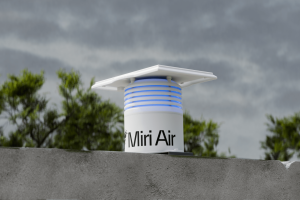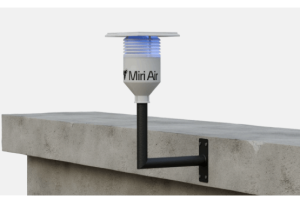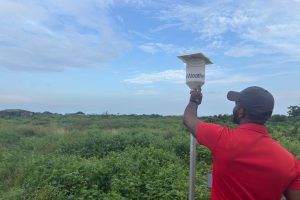The Staggering Cost of Air Pollution in Africa
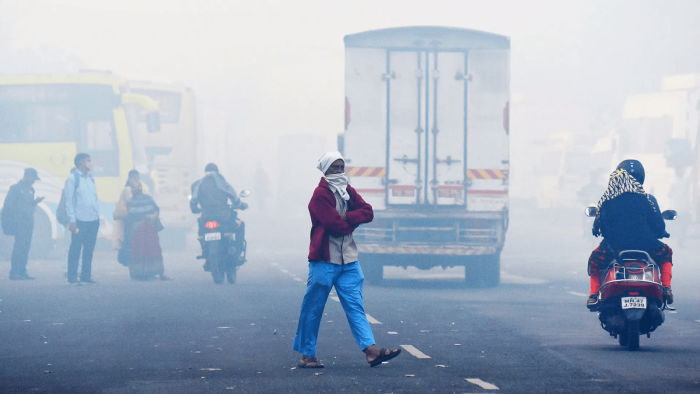
Air pollution is estimated to cost a total of $137.8 billion from 2023 to 2040 across Accra, Cairo, Johannesburg, Lagos, Nairobi, and Yaoundé under a business-as-usual (BAU) scenario, says the Clean Air Fund.
A 2024 study revealed that millions of African teenagers may be living with undiagnosed asthma exacerbated by exposure to polluted urban air. The research, which surveyed 27,000 students in six African countries, including Blantyre (Malawi), Durban (South Africa), Harare (Zimbabwe), Kampala (Uganda), Kumasi (Ghana), and Lagos (Nigeria), found that over 3,000 students reported asthma symptoms. Yet, less than 33.3% had ever received a formal diagnosis.
These statistics show a growing crisis on the continent, reflecting the lived realities of African communities. The impact of air pollution is evident in the rising cases of respiratory and cardiovascular illnesses, with increasing rates of asthma and respiratory infections among children, as well as higher incidences of heart disease, stroke, and premature deaths among adults.
"9 out of 10 people breathe polluted air every day."
WHO Expert
Unfortunately, this puts more strain on the health sectors, forcing governments to expand budgets that were mostly insufficient. Not only is the health sector affected, but it also results in a significant drop in productivity, quality of life, and education, limiting growth and development in the region.
The consequences of air pollution are far-reaching and are already visible. To understand why air quality monitoring matters more than ever before in Africa, we need first to understand the root of the problem.
Africa’s Urban Boom: Amplifying a Silent Crisis
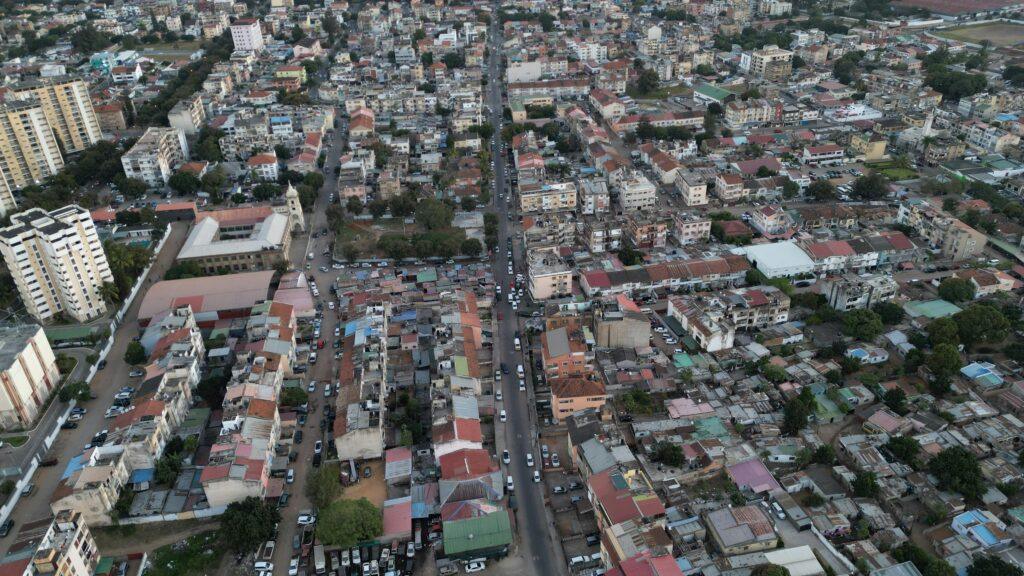
The World Health Organization (WHO) describes air pollution as a “silent killer,” responsible for more than 7 million premature deaths globally each year. Nowhere is this threat more pressing than in Africa, where rapid urbanization is amplifying the problem. Africa is said to be the fastest-growing continent globally, with its share of the global population expected to rise from 17% in 2020 to 25% by 2050. African cities are at the center of this surge (with cities like Lagos and Nairobi leading the charge). Lagos’ population experiences an estimated increase of 77 new residents every hour, while Nairobi’s population is projected to double by 20501. Similar patterns are unfolding across other urban centers, creating unprecedented pressure on housing, transport, energy, and waste management systems.

Rapid urbanization, heavy reliance on fossil fuels, open burning of waste, and congested transport networks are directly linked to the sharp decline in air quality. Air pollution levels in cities such as Cairo, Lagos, Marrakech, and Nairobi already exceed the WHO’s recommended safety limits, putting millions at risk, as seen in map 1 below. The scale of this crisis becomes even clearer when we look at the continent’s most polluted cities:

This challenge is compounded by weak regulations and limited monitoring infrastructure, as many African cities still lack basic air quality monitoring systems. Without reliable data, governments cannot measure the scale of the crisis, let alone design an effective system to better respond to the crisis.
As Dr. Patrick de Marie Katoto, an environmental health researcher, warned at the Second WHO Global Conference on Air Pollution and Health (March 2025, Cartagena, Colombia):
“You can’t manage what you don’t measure. Africa is flying blind when it comes to air pollution.”
Why Air Quality Monitoring is a Non-negotiable Priority
NASA defines air quality as the measure of how many pollutants are present in the air at any given time. These pollutants include fine particulate matter (PM₂.₅ and PM₁₀), nitrogen dioxide (NO₂), ozone (O₃), sulfur dioxide (SO₂), and carbon monoxide (CO), etc. Even though they are often invisible, these pollutants shape the safety of the air people breathe every day.
Monitoring air quality is, therefore, not just a technical exercise; it is the foundation for understanding the scale of the problem and guiding effective action. Here are some of the reasons air quality monitoring matters now more than ever in Africa:
- Safeguarding Public Health: Air quality data helps identify pollution hotspots, forecast health risks, and prepare hospitals for spikes in asthma, respiratory infections, and cardiovascular conditions. In fact, implementing clean air policies in just six African cities could prevent an estimated 109,000 premature deaths between 2023 and 20401.
- Boosting Economic resilience: Poor air quality reduces worker productivity and drives up healthcare costs. Monitoring enables decision-makers to assess the economic benefits of cleaner air. For example, upgrading public transport and promoting cleaner cookstoves could save over $19.2 billion across six cities between 2023 and 2040. Lagos alone could unlock $1.7 billion, while Cairo could save $0.7 billion in 20401.
- Empowering communities and Informing Policy: Reliable monitoring data not only gives governments the evidence they need to design and enforce standards, but also empowers communities by making the invisible visible. With clear information, policymakers can protect people and hold polluters accountable, while citizens gain the knowledge to understand risks and advocate for cleaner, healthier environments.
- Driving Progress Towards Global Goals: Air quality monitoring supports the achievement of the Sustainable Development Goals (SDGs), particularly SDG 3 (Good Health and Well-being), SDG 11 (Sustainable Cities), and SDG 13 (Climate Action).
- Unlocking Critical Funding: Without solid data, it is almost impossible to access any developmental funds. According to the Clean Air Fund’s state of the global air quality report of 2024, between 2015 and 2021, only 3.7% of international development funds went to air quality projects in Africa1. The absence of data equals the absence of evidence, and this makes it even harder to prove needs, design projects, and even measure results.
Closing the Data Gap: A Path to Cleaner Air

A report says that 41 African nations lack access to air quality monitoring data, which means that almost a billion people don’t have the information they need to plan and manage public health. Strengthening the air quality monitoring network across the region will be essential in closing this data gap
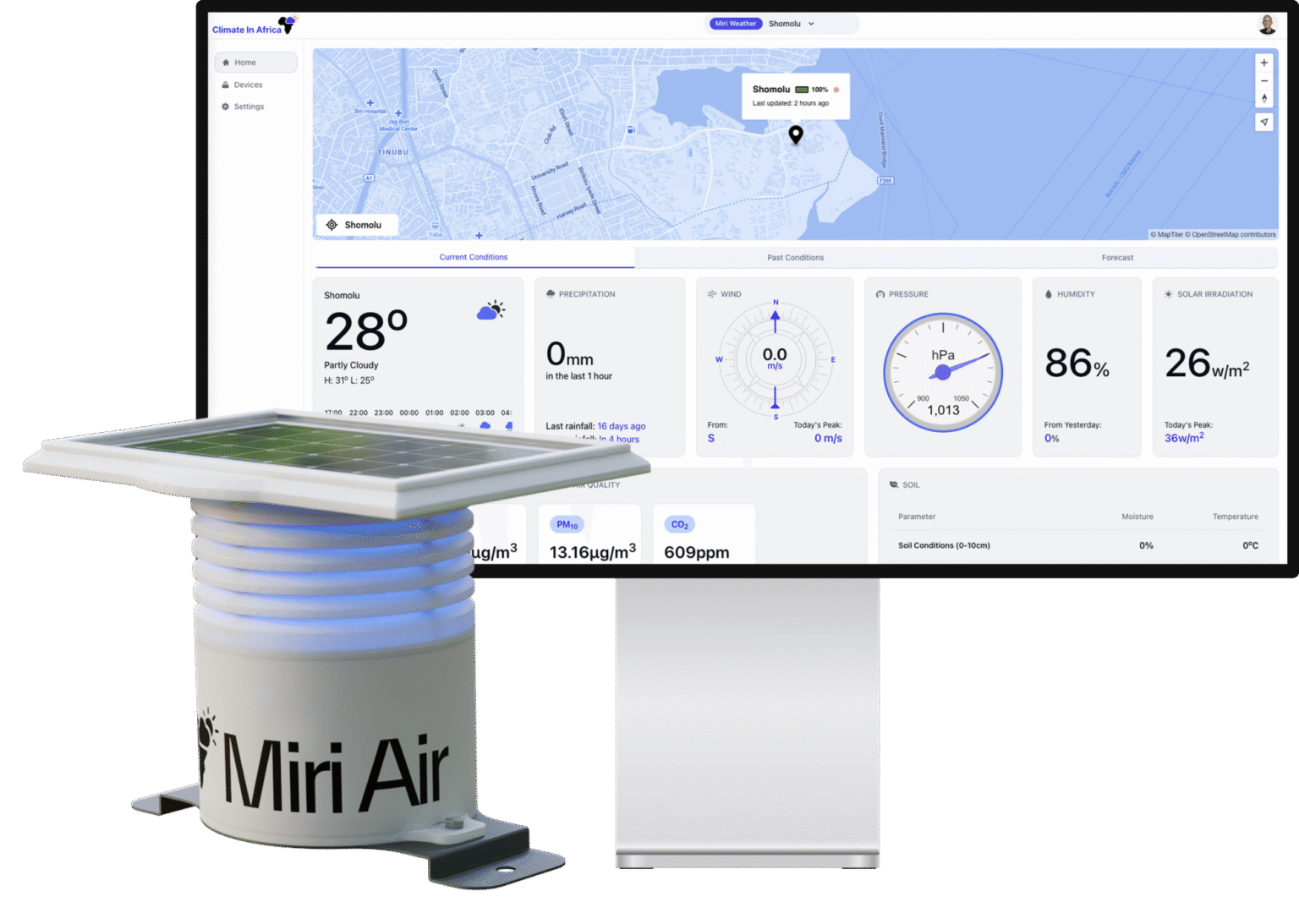
At Climate in Africa, we believe the first step to closing this air quality data gap in Africa is by providing ground truth air quality monitoring stations. This is why we built Miri Air, a modular, solar-powered air quality monitoring device that monitors a wide range of pollutants in the air. The device measures a wide range of air pollutants, including PM₂.₅, PM₁₀, carbon dioxide (CO₂), carbon monoxide (CO), nitrogen dioxide (NO₂), sulfur dioxide (SO₂), methane (CH₄), ozone (O₃), volatile organic compounds (VOCs), and formaldehyde. We are working to deploy a network of 10,000 Miri Air stations across Africa, complementing the efforts of other air quality monitors.
Together, these initiatives will ensure that Africa has the environmental data it needs to drive sustainable development and build healthier, more resilient communities.
Want to learn more about how Miri Air can support your project, community or next decision? Book a demo



